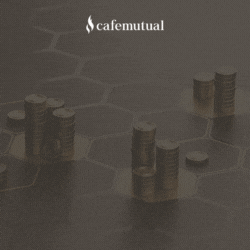Even after one year since SEBI announced scheme rationalisation, balanced hybrid fund category has seen no takers. SEBI gave fund houses the alternative to hold either an aggressive hybrid fund (equity allocation between 65% and 80%) or a balanced hybrid fund (equity allocation between 40% and 60%) in their product bouquet.
So far, fund houses have largely opted for aggressive hybrid funds (previously balanced) instead of balance hybrid funds. One reason for this could be that many fund houses had existing aggressive hybrid funds with a strong lineage, popular among investors. Moreover, aggressive hybrid funds enjoy equity taxation unlike the balanced hybrid category, which is treated like debt for tax purposes.
As fund houses rushed to fill in their product gaps after SEBI rationalisation, some categories saw lower interest than others did.
Among pure equity funds category, dividend yield funds saw limited traction. Typically, these funds underperform growth oriented equity funds in rising markets. With markets in bull phase since 2014, this category saw launch of just one new scheme post rationalisation. Overall, the category AUM stood at Rs.4,826 crore as on March 2019.
Multi asset allocation funds which comprises different asset classes like gold, equity and debt also saw subdued interest; gold as an asset class continued to underperform.
Among debt fund category, long duration funds and 10-year constant maturity debt fund saw limited traction. So far, long duration funds category has only two schemes one of which was launched last year. The 10-year constant maturity debt fund category currently has four schemes. The combined AUM of both the categories stands at Rs.1,678 crore as on March 2019.
Duration funds saw limited interests from AMCs due to low returns in the last one year on account of uncertain interest rate scenario for the better part of the year and supply side constraints (PSUs sitting on excess SLR investments and high government borrowing to meet fiscal deficit numbers). Moreover, these funds tend to be inherently risky due to their long duration exposure. This may have led to the low interest in these funds.
Meanwhile, some newly launched categories saw multiple fund launches and healthy AUM inflows since 2018. Overnight funds category introduced last year now holds 16 schemes and Rs.11,310 crore of AUM as these funds gained favour as safe investments amidst debt market volatility. Thanks to government backing and growing buzz around passive funds, the ETF and index fund category also reported many new launches and robust inflows last year.





